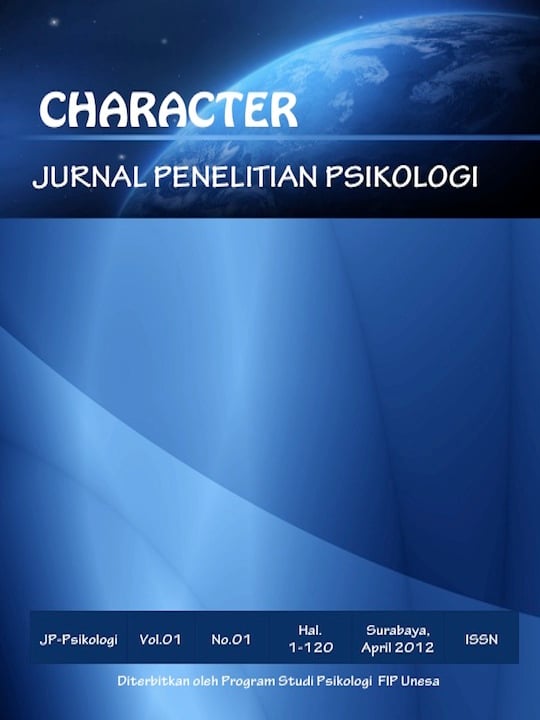Exploration of Student-Athletes Emotion Regulation in Terms of Gender
DOI:
https://doi.org/10.26740/cjpp.v10i1.53812Abstract
A student athlete in carrying out multiple roles may have a certain burden directed at them which has the potential to cause certain conflicts between roles and emotions that they must overcome so that good emotional regulation skills are needed. This study aims to explore emotional regulation in student athletes in terms of gender. This study used quantitative research methods. Participants were taken using a saturated sample with all populations sampled. The population in this study was 24 students, with a ratio of 10 male students and 14 female students. The emotion regulation instrument in this study used the IERQ4S emotion regulation scale. Data analysis techniques use descriptive analysis. Results showed that there were differences in emotion regulation between male student athletes and female students. Overall, the results showed that male student athletes had higher grade point averages. The higher the score obtained, the better the emotion regulation. Thus, male student athletes are better able to manage their emotions than female student athletes.
Downloads
Downloads
Published
How to Cite
Issue
Section
License
Authors who publish in this journal agree to the following terms:
Copyright in any article is held by the author.
The author grants the journal, publication rights with the work simultaneously licensed under a Creative Commons Attribution License that allows others to share the work with an acknowledgment of the work's authorship and initial publication in this journal.
Authors may enter into separate, additional contractual arrangements for the non-exclusive distribution of the journal's published version of the work (e.g., posting it to an institutional repository or publishing it in a book), with an acknowledgment of its initial publication in this journal.
Authors are permitted and encouraged to post their work online (e.g., in an institutional repository or on their website) prior to and during the submission process, as this can lead to productive exchanges, as well as earlier and greater citation of published work.
 Abstract views: 207
,
Abstract views: 207
, PDF Downloads: 203
PDF Downloads: 203





